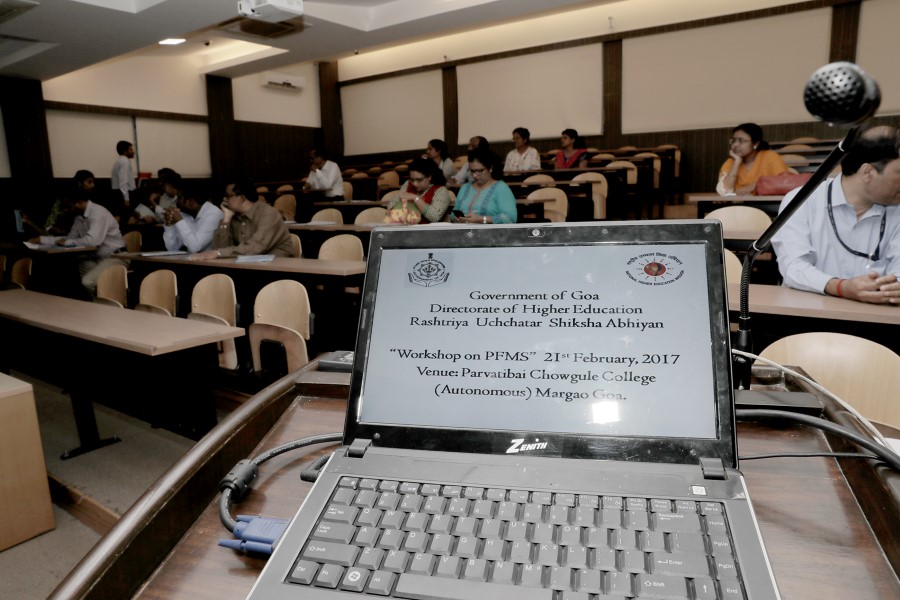The debate over school corporal punishment has been going on for many years. While some parents are opposed to any form of punishment, other support it as a tool for disciplining students. Teacher and management are also divided on the matter. By definition, school corporal punishment (SCP) is a form of punishment which is meant to deliberately cause physical pain or discomfort in response to the undesired behaviour of students in the school. I do understand why some parents support corporal punishment. The method was used on them when they were in school and they believe it has helped them and it doesn’t have any adverse long-term effect.
SCP has historically been justified by the common-law doctrine in loco parentis, whereby teachers are considered authority figures granted the same rights as parents to punish children in their care. By hitting a student, the authority programs a child to associate bad behaviour with pain. The assumption is that this method with change the behaviour of students during the school years and even after since the fear will continue to remain or the student realises what’s right from wrong in which case he no longer needs the fear to not behave the wrong way. However, in reality, SCP doesn’t really have a happy ending.
I have been a student of behavioural psychology since 2010 particularly in the field of Neuro-Linguistic Programming (NLP), Transactional Analysis and Cognitive Behavioural Therapy and having read many research papers on child psychology, I am convinced that there is no evidence that SCP improves the behaviour of students, improves their learning or any other long-term benefit. Child psychology is very complex and there are various branches of modern psychology which have been developed to understand the subject such as Psychoneuroimmunology, the relationship between the brain’s emotional and cognitive processes, and the body in both health and disease, and Social information processing, which deals how individuals, especially children, establish (or fail to establish) successful relationships with society
The fact is physical punishment has an impact on cognitive development. A 1998 study by Murray A. Straus and Mallie J. Paschall, titled “Corporal Punishment by Mothers and Child’s Cognitive Development,” revealed that children who were spanked were less able to keep up with the cognitive development level expected for their age. It can even lower their IQ and can reduce a child’s brain’s grey matter, which is crucial since it influences learning abilities. According to a study titled More Harm than Good-A summary of scientific research on the intended and unintended effects of corporal punishment on children by Elizabeth t. Gershoff, the separate analyses of eleven different outcomes overwhelmingly found negative associations with corporal punishment (number of studies out of the total that found negative impacts follows each outcome in parentheses): immediate compliance (2/5), moral internalization (13/15), aggression (27/27), delinquent and antisocial behavior (12/13), quality of the parent–child relationship (13/13), child mental-health problems (12/12), physical abuse of the child (10/10), adult aggression (4/4), adult criminal and antisocial behavior (4/5), adult mental-health problems (8/8), and adult abuse of one’s own child or spouse (5/5).118 In total, 110 out of the 117 effect sizes (94%) found that corporal punishment was associated with an undesirable outcome
In the case of SCP, there is an additional social stigma associated with being beaten in front of fellow classmates. On a neurological level, SCP triggers the flight or fight response ie the Sympathetic Nervous System. In response to acute stress, the body’s sympathetic nervous system is activated due to the sudden release of hormones. The sympathetic nervous systems stimulate the adrenal glands triggering the release of catecholamines, which include adrenaline and noradrenaline This results in an increase in heart rate, blood pressure, and breathing rate and may also cause flushed skin, dilated pupils and trembling. On a psychological level, this may cause phobias, aggression, depression and anxiety attacks in the long term. When a child is exposed to repeated SCP it can lead to chronic stress which has a two-fold effect. The first being increased Th2 activity associated with inflammation and increased risk for allergic and autoimmune response, and the second being a reduction in Th1 and leukocyte activity along with enhanced immunosuppressive mechanisms which promote cancer and infection risk while also decreasing the efficacy of vaccines and wound healing. In other words, there is ample scientific evidence that corporal punishment does more harm to a child than good.
Some of the comments made my parents who support SCP are, “parents must not overprotect their kids”, “boys must learn to man-up and not be sissy”,” how is it possible to discipline children without punishment”,” I have no problem with teachers punishing my kids” etc. Any act of hitting a child in school is a crime just like any form of molestation is a crime. The intent of the act, the “reputation” of the parents, the past behaviour of the child are irrelevant. There are no grey areas and as a society, we in Goa have to accept it, just like every other State in the 128 nations which have outlawed SCP. With regards to children becoming sissies, people have to recognise a correlation between the traditional philosophy of pushing boys to “man up” and “boys don’t cry” with the rise in various forms of aggression such as violence against women, mob violence etc.
At the same time, parents must not overprotect and pamper their children. Children need to feel pain like being hit while playing with classmates or injuring themselves while falling off a cycle. Fear of consequence, which is the foundation of teaching discipline, must be instilled in the first three years of the child’s life. Unfortunate parents overprotect their children during these years. We’ve all seen parents who beat the table when their baby bumps into it and cries. A couple of years later, we use fear to get them to do what we want. Goan parents use “Budaman”, policeman and even animals to scare their toddlers. As they grow, the children are given unrestricted access to TV and Mobile phones. Studies have shown that by the time an average kid reaches the age of 14, he has seen more than 10,000 simulated murders, suicides and gruesome violence. Not only do they get desensitised to any form of violence, the TV teaches the child that it’s cool to rebel and fight back and if that doesn’t work, run away or even commit suicide. Parents often say that they can’t control their kids. If they beat them then the child fights back. That’s because the kid is having his reality, beliefs and actions shaped by two other parents ie the TV and the mobile phone.
In school, teachers who use SCP may not always to it in the interest of the student.They may have stress in their personal or professional life which might manifest as excessive aggression towards the child. From the child’s perspective, their reality is shattered and they may realise that they are no longer protected. The more they are punished, they either get resentful and aggressive, or they become regressive, isolated and suffer from low self-esteem, depression etc.
Parents and teachers who claim SCP has benefits have only anecdotal evidence to prove their claim. To me, instead of debating the pros and cons of SCP, we have to provide children with values and wisdom so that the child understands the long-term impact on his behaviour on his future. The Society for Adolescent Medicine recommends developing “a milieu of effective communication, in which the teacher displays an attitude of respect for the students”, as well as instruction that is stimulating and appropriate to student’s abilities, various nonviolent behaviour modification techniques, and involving students and parents in making decisions about school matters such as rules and educational goals. They suggest that student self-governance can be an effective alternative for managing disruptive classroom behaviour, while stressing the importance of adequate training and support for teachers.
Raising children in today’s world is a huge, greater than ever before. Parents have to read books on effective parenting and learn the methods best suited for their child. Schools to have to rise out of the Victorian mindset, recognise that all kids are not the same and promote healthily learning. Teachers need to be more patient, tolerant and innovate to make the class more interesting, even for students who have a low attention span. And most importantly, we have to raise our children to carry their own cross no matter how heavy it is not because of the fear that someone is going to punish them. We must do it because it will make them stronger, better and more companionate human beings.






